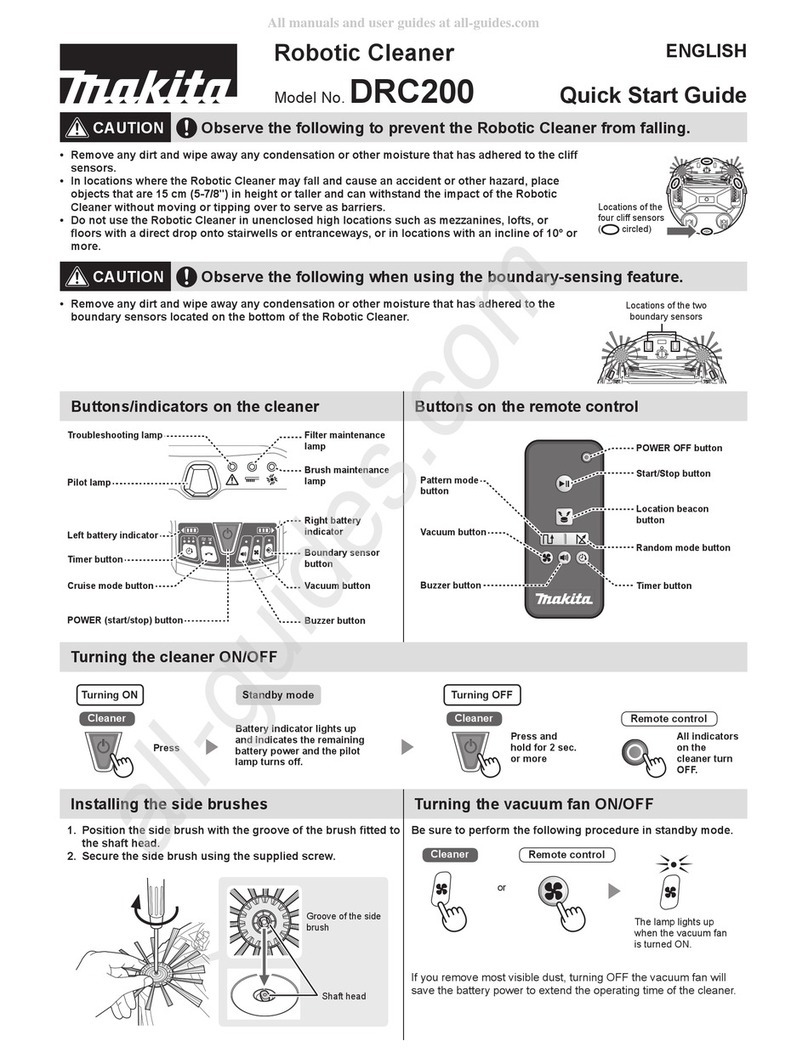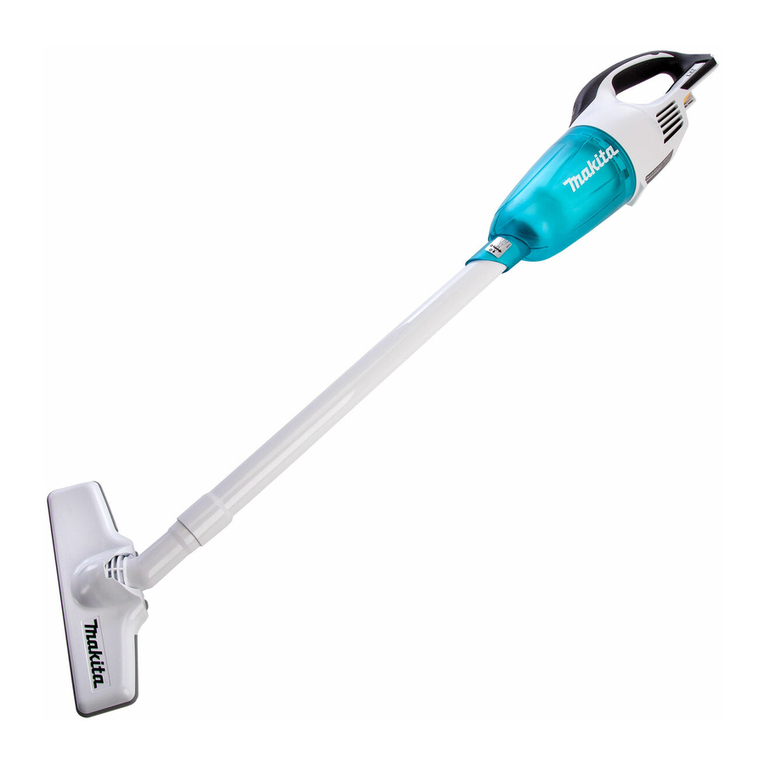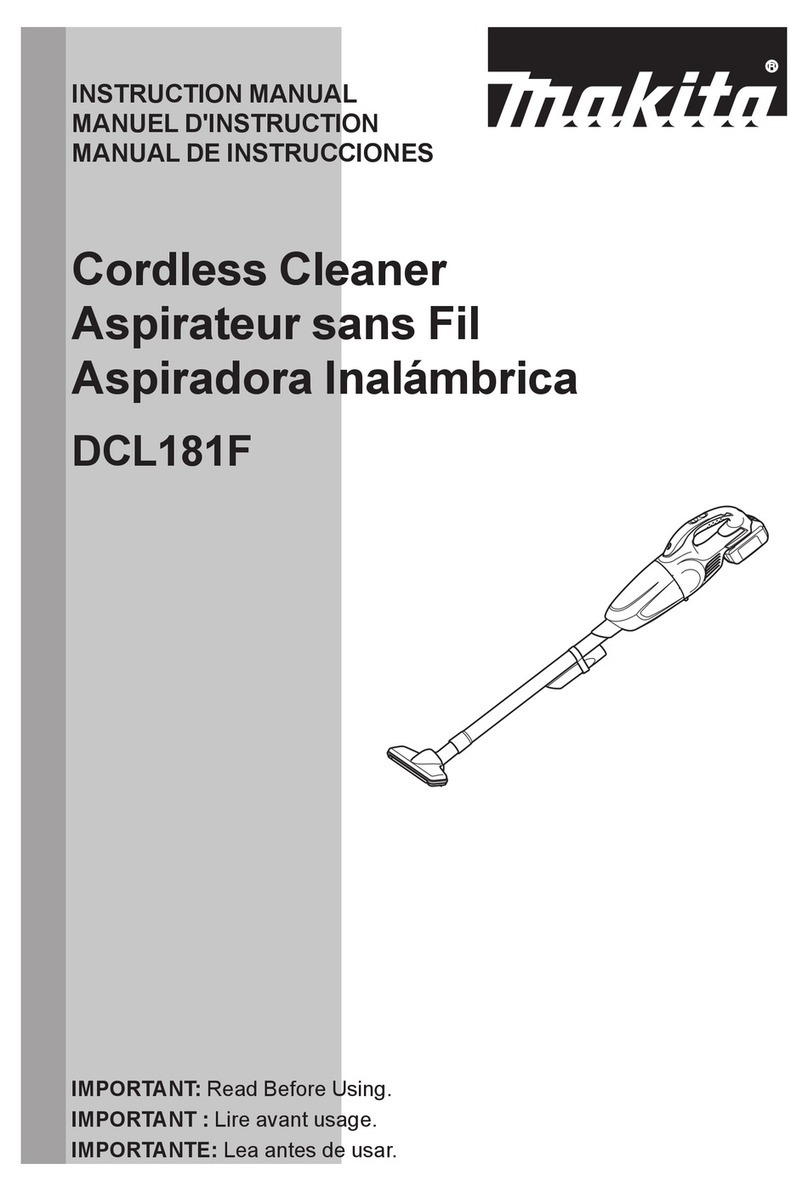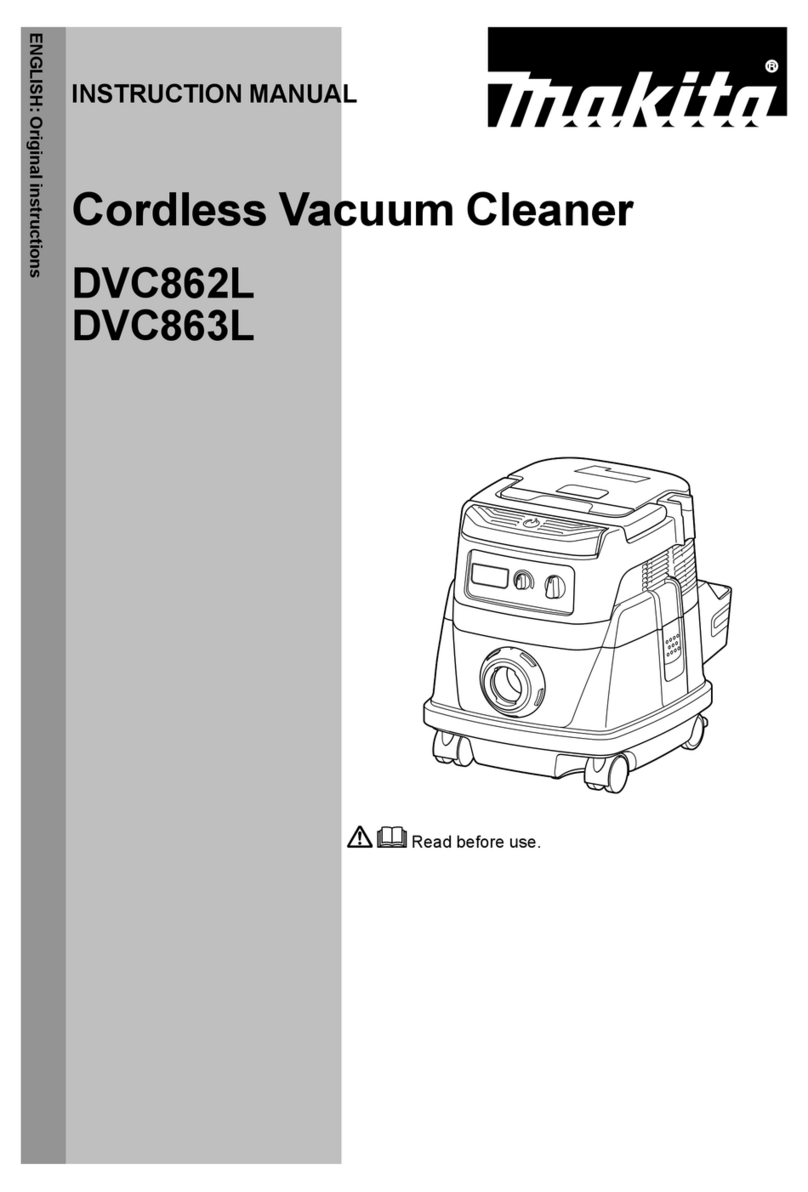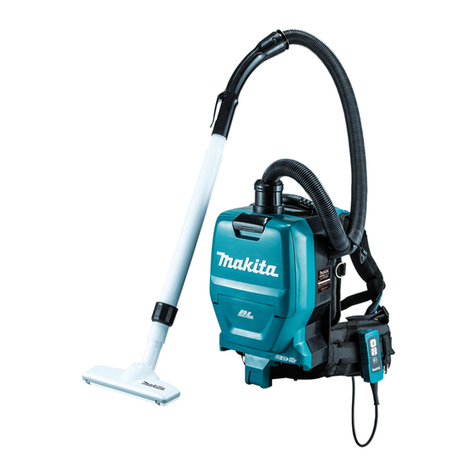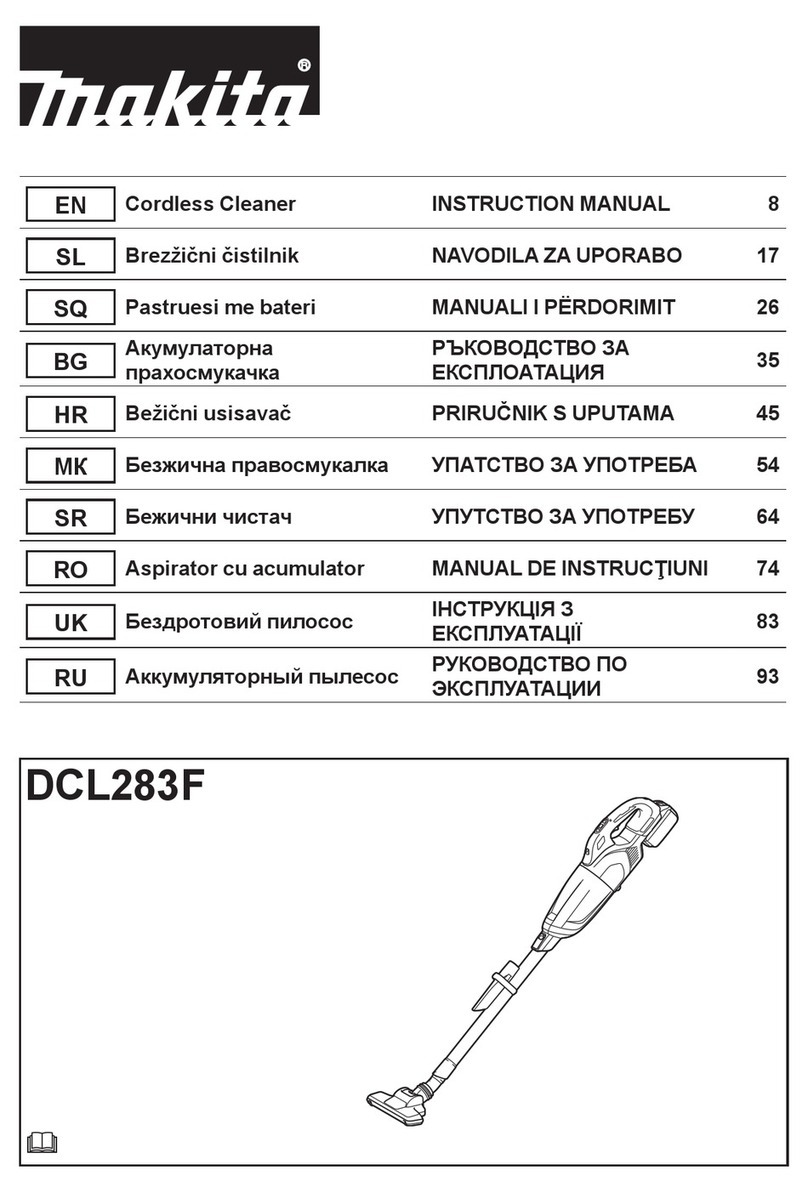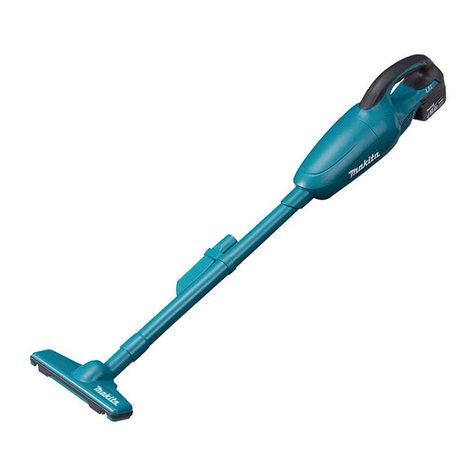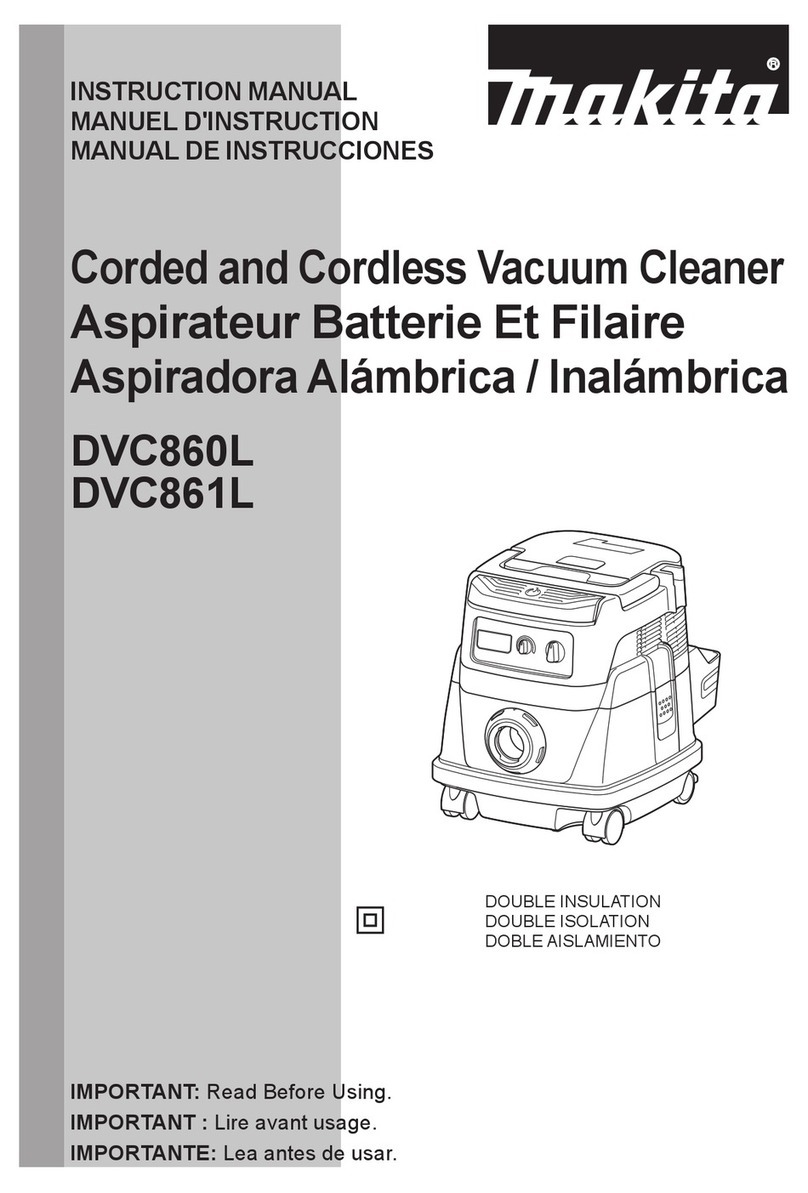Do not use the Robotic Cleaner in the following
types of locations.
Thismayresultinelectricshockorinjury.
• Near infants or persons with reduced physical,
sensory or mental capabilities, or lacking in the
necessary experience and knowledge
• Near animals
• Nearlargenumbersofpeopleorhighlytrafcked
areas
Do not allow unsupervised children or persons
who are unable to express their will or operate the
Robotic Cleaner by themselves to use the Robotic
Cleaner.
Thismayresultinelectricshockorinjury.
Discontinue operation immediately in the event
of an abnormality or malfunction such as the
following.
Failure to observe this instruction may result in smoke,
reorelectricshock.
• The Robotic Cleaner will not operate even though it
is turned ON.
• The Robotic Cleaner is deformed or abnormally hot.
• The Robotic Cleaner stops sometimes during
operation.
• The Robotic Cleaner makes abnormal noises during
operation.
• The Robotic Cleaner gives off a burnt smell.
Turn OFF the Robotic Cleaner in locations where
use is prohibited.
Failure to observe this instruction may cause medical
equipment to operate improperly.
Be sure to follow the instructions of each medical
institution when using equipment that emits radio waves
inside medical institutions.
Do not use the Robotic Cleaner in narrow and
unenclosed high locations.
This may cause the Robotic Cleaner to fall from the
area,resultingininjuryormalfunction.
• Stairs
• On top of a table, shelf, dresser, refrigerator, etc.
• Mezzanines,lofts,oorswithadirectdroponto
stairwells or entranceways, etc.
• Locations with an incline of 10° or more
Do not expose the Robotic Cleaner to direct
sunlight or infrared rays.
Improper operation due to a sensor error may cause the
RoboticCleanertofall,resultingininjuryormalfunction.
• Halogen heaters
• Remote controls or sensors, etc.
• Sun rays entering through frosted glass
Move any objects that may cause an accident in the
event of contact with the Robotic Cleaner.
Failuretoobservethisinstructionmayresultininjury
duetoobjectstippingoverorfalling.
• Lit candles, vases, etc.
• Electronics with controls located around the same
height as the Robotic Cleaner.
Do not cover the Robotic Cleaner.
Thismayresultinreduetooverheating.
Do not ride or place heavy objects on the Robotic
Cleaner. Do not apply strong physical shocks.
Thismayresultininjury,damageormalfunction.
In particular, pay close attention to children around the
Robotic Cleaner.
Never modify the Robotic Cleaner.
Thismayresultinre,electricshockorinjury.
Consult the dealer where you purchased the Robotic
Cleaner for repairs.
Do not block or insert metallic or easily combustible
foreign object into the suction or exhaust openings.
Also, do not use the Robotic Cleaner around
objects that may block the suction opening.
Thismayresultinelectricshock,reormalfunction.
Do not heat or expose the Robotic Cleaner to re or
leave it in a hot location such as near a re or stove,
exposed to direct sunlight, or inside a vehicle under
the blazing sun.
Thismayresultinshort-circuit,re,orcausethebattery
toleakuidorburst.
Do not wash or expose the Robotic Cleaner* to
water or detergents.
Thismayresultinelectricshock,short-circuitorre.
* Excluding the main brush, bottom plate, side
brushes,dustboxandlter
Do not touch the drive wheels or insert hands or
feet under the Robotic Cleaner during operation.
Thismayresultininjury.
In particular, pay close attention to children around the
Robotic Cleaner.
Do not block or insert foreign matter into the
Robotic Cleaner’s sensors.
Thismayresultinoperationalfailure,injurydueto
the Robotic Cleaner falling as a result of improper
operation, or malfunction.
Do not attach tape to the sensors or wheels. Do
not alter the bumper or wheel shapes or press the
bumper with excessive force.
Thismayresultinoperationalfailure,injurydueto
the Robotic Cleaner falling as a result of improper
operation, or malfunction.
Periodically clean each sensor.
Failure to observe this instruction may result in
operationalfailure,injuryduetotheRoboticCleaner
falling as a result of improper operation, or malfunction.
Do not use boundary tape (sold separately) that is
dirty, peeling or torn.
ThismayresultininjuryduetotheRoboticCleaner
falling as a result of operational failure.
